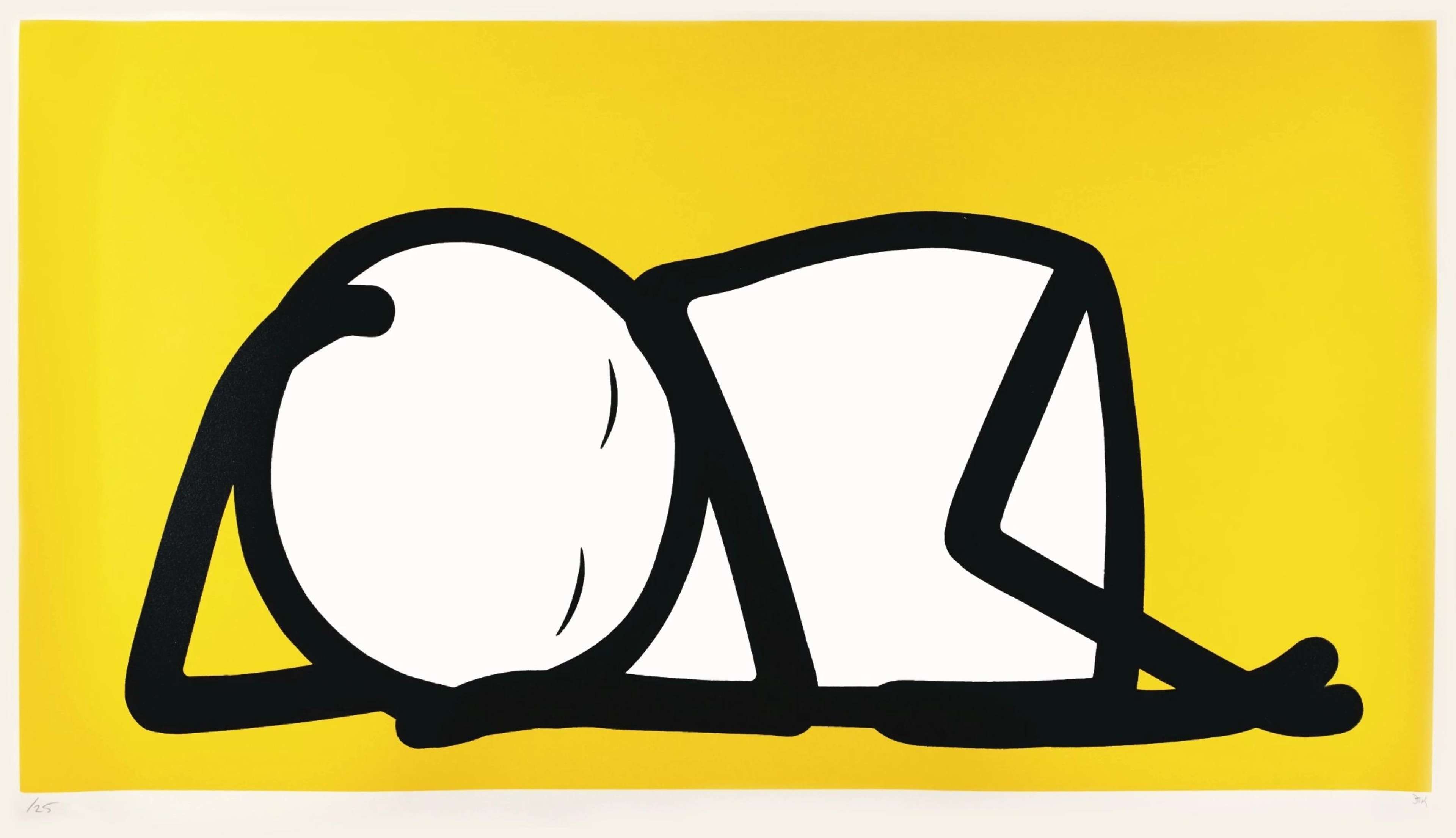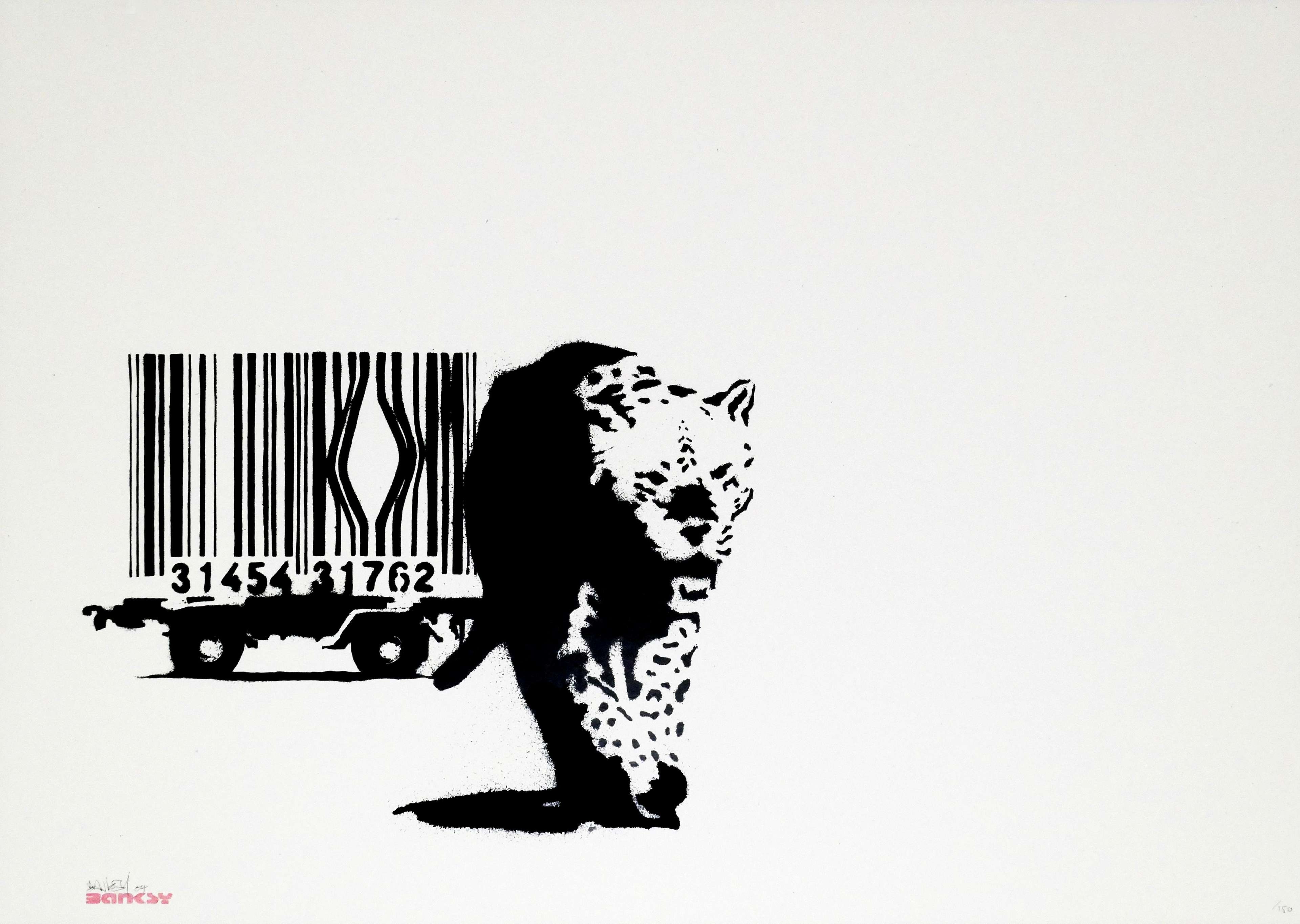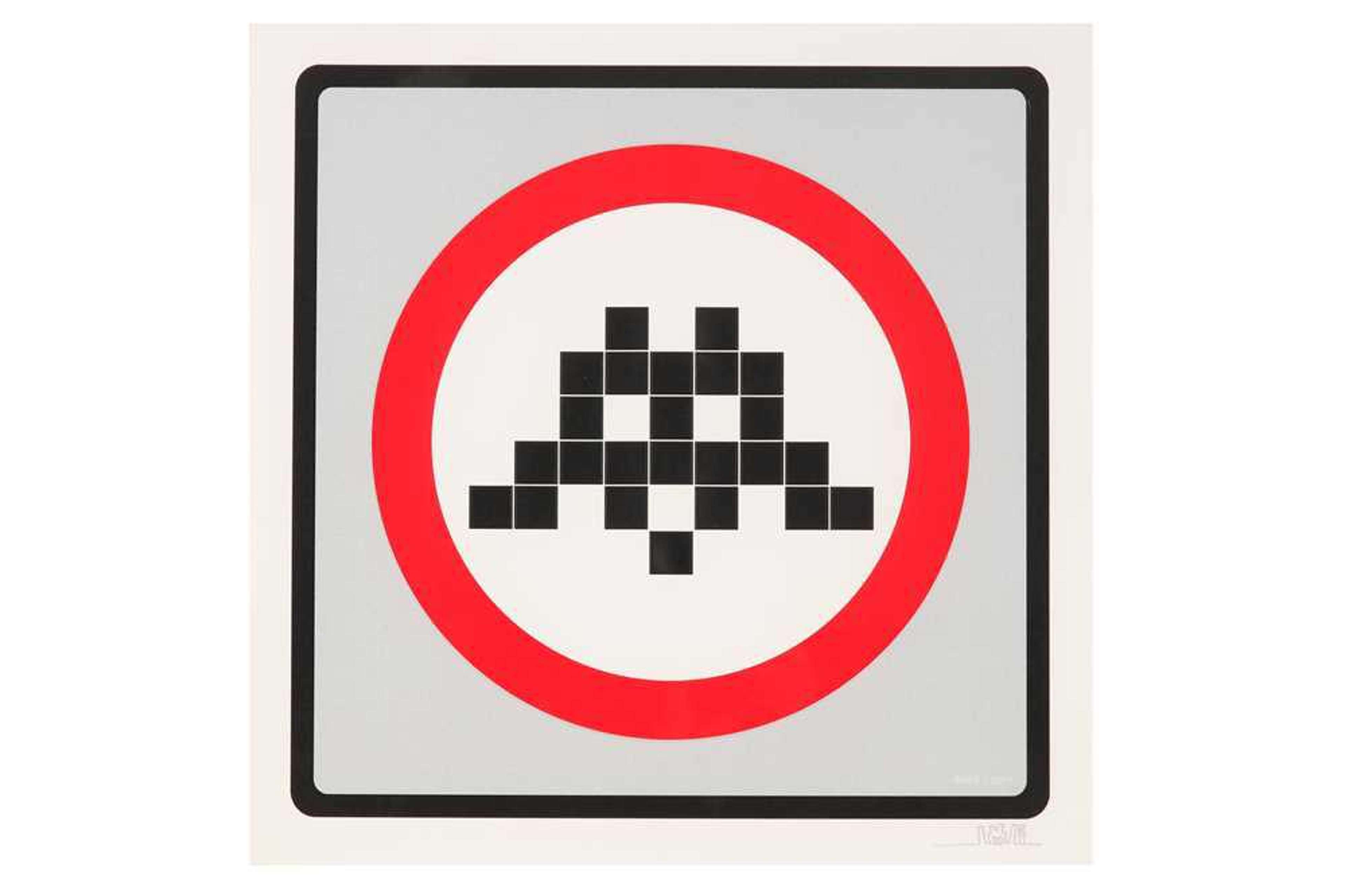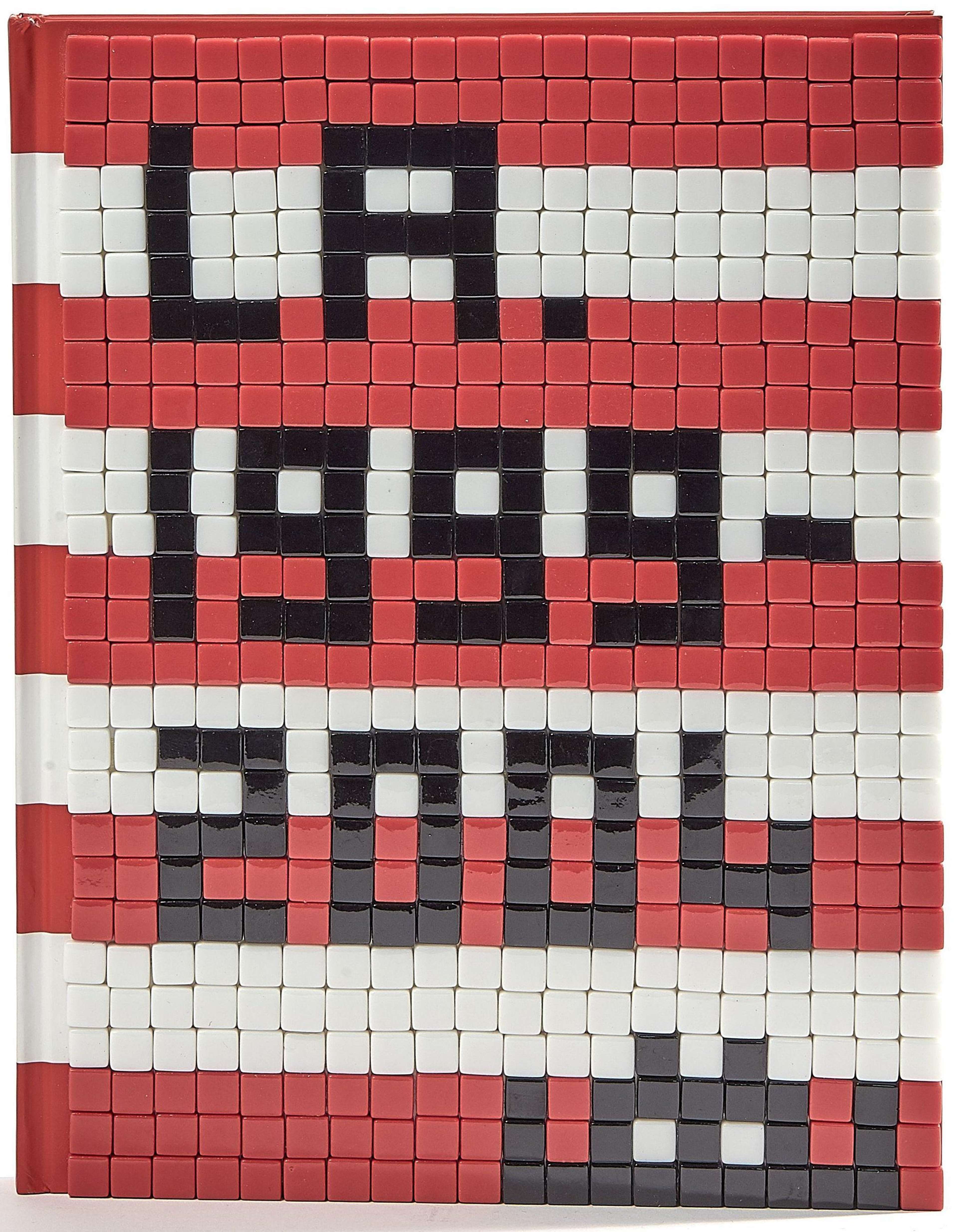Why Artworks From The Street Rarely Make It To Auction

 Love Is In The Air (Flower Thrower) © Banksy, 2006
Love Is In The Air (Flower Thrower) © Banksy, 2006Live TradingFloor
Street art is widely regarded as a rejection of elitism in the art world and art market, so when it does appear for sale there are moral dilemmas at play, spurring media backlash and public spectacles.
Street art background
Disruptive and unorthodox, street artwork has a peculiar power to transform the familiar. Whether you consider yourself an art lover or not, artworks on the street are made with your viewership in mind, and give the urban fabric of our cities a rich visual appeal. Since the 1980s, street art has enjoyed a popular position in the art world. What was once deemed as vandalism, a pastime of the nuisance delinquent youth, now fetches acclaimed street artists hundreds of thousands - if not millions - at auction.
The genre of Street Art (or Urban Art) is perhaps the most successful since Pop Art in breaking the distinctions between "high" and "low" visual culture. However, artworks actually made in the streets rarely ever appear at auction. In part, this is because of issues of ownership and authentication, as they are illegally created and intended for public viewership, rather than private sale.
How can you buy street artworks?
Even though artworks directly from the street rarely appear in the auction house, there are ways in which collectors can still buy works by the big names in street art. From limited runs of prints inspired by popular works on the street, to original paintings and sculptures, these works allow collectors to invest in street art without removing their work from the public eye. With varying price points determined by the status of the artist, and the demand for particular works, these works are becoming increasingly covetable on the global art market. Here are the different ways you can purchase works by street artists:
 Image © Phillips / Monkey Poison © Banksy 2004
Image © Phillips / Monkey Poison © Banksy 2004Originals
Original works of art are the paintings, sculptures, and objects made by an artist. They are the unique, one-of-a-kind works, intended to be exhibited or sold on private markets to galleries, museums, and collectors. Take for example Vandalised Oil (Choppers) by Banksy, which is a spray paint and oil painting with the artist's tag at the bottom. The gilt frame of the work is a tongue in cheek gag at the art institutions that might purchase the work, but distinguishes the work from Banksy's works on the street and is definitely intended for sale. Accompanied by a Pest Control Certificate of Authenticity, the work fetched 4,384,900GBP at Sotheby's earlier this year.
Limited Edition Prints
From original works of art and street artworks, an artist might create limited edition prints. These are copies of the artist's original works, and are often hand-signed and numbered by the artist (though this is not always the case). The prints will form part of a numbered edition, and every print in this edition should appear identical, meaning that the buyer will be one of multiple owners of the same image.
Street Artworks
Street artworks themselves are the original works pasted and spray painted across the public fabric of the city. Ultimately, these are the unsanctioned and illegal works of art which, if caught in the act of their creation, could land artists in legal trouble. Infamous street artist Invader, for example, frequently "invades" cities across the world, creating characters inspired by the Space Invader video game that are pasted around the world to invite viewers to participate in the game of discovering them. These works of art are produced with the intent to remain visible in public, but are constantly being looted, forged, and removed by landlords to be sold on secondary art markets - often without the artist's permission.
Despite his origins as street art, Invader's work has become highly sought after in the art market, commanding impressive prices at auction. In 2019, his mosaic piece Vienna (2008), featuring one of his signature pixelated Space Invader aliens, sold for roughly $400,000 at Artcurial’s urban and Pop art sale in Paris, surpassing his previous record set in 2015. Spanning over seven feet wide, the large-scale work combines a retro gaming aesthetic with a hypnotic black-and-blue design, showcasing the unique appeal that has drawn collectors worldwide.
Who owns original street artworks?
Here is where the ethical and moral dilemma of street art lies. Once a street artist has finished their elusive art-making, their installations and graffiti technically no longer belongs to them. As expected, the landlords of public and private buildings which have been "vandalised" by popular artists will often have entire walls ripped out of their properties to be sold at auction.
Banksy's recent “London Zoo” series in particular has sparked the same frenzy of commodification. This sequence of animal murals, beginning with a mountain goat at Kew Bridge and stretching across the city to Peckham, has been enthusiastically received by fans and critics alike. However, it hasn’t taken long for these works to fall into the familiar cycle; shortly after being announced, some of Banksy’s pieces were stolen or removed for 'preservation'. A lone wolf spray-painted on a satellite dish in Peckham was stolen within hours of its discovery, while a big cat piece on Edgware Road was removed for fear of vandalism, only to be held in a contractor’s yard, awaiting collection. The seventh mural, a school of piranhas on a police sentry box, was promptly relocated to Guildhall Yard for safekeeping.
While this indeed seems like a sure fire way to make a quick and easy buck, doesn't this defeat the entire point of street art? The artists themselves don't benefit from the sale of the works, and more often than not their sale just makes rich landlords even richer. Even more frustrating for street artists is when these works are bought by museums and galleries, placing their socio-politically insurgent works in the bourgeois institution they strive to free art from.
Many artists will refuse to authenticate these removed artworks when they come up for sale. Banksy even has his own authentication company, wittily coined Pest Control, to try curb these sales.
 Police Sniper and Paper Bag Boy © Banksy, 2011
Police Sniper and Paper Bag Boy © Banksy, 2011Why is it rare to see street artworks for sale at auction?
In essence, it's unusual to see street artworks for sale at auction houses like Sotheby's and Christie's because they are not meant to be. Removing a street artwork from a public space not only deprives the world from seeing it - free of charge - it also completely alters the context and meaning of the work.
Banksy's Crowbar Girl, for example, appeared on the wall of an old electrical shop in Lowestoft, Suffolk, in August 2021. When it comes to Banksy, nothing is coincidental or pointless. Banksy created this work to be viewed and enjoyed by the people of Lowestoft, not to bulk up the wealth of his practice, and certainly not to bulk up the wealth of the building's landlords. The ripped out wall sold earlier this year privately at auction for a rumoured £2m, much to the outrage of locals.
When have these works gone to auction?
Though these works are rarely created with auction house sales in mind, works by street artists do crop up for sale from time to time. Here are some sales by the biggest street artists on the market:
STIK
Hackney-based artist STIK has been spray painting his iconic stick figure murals since 2001. These public murals have themes of love, unity, and togetherness at their core, and their public viewership is intrinsic to this. However, back in 2020 STIK sold his Holding Hands (Maquette) at Christie's in London.
Straight from STIK's studio, the work was sold not to make the artist a profit, but to fund "a socially inclusive programme of outdoor, art access across the borough of Hackney". The work realised £287,500 at auction to supply this philanthropic project in London. Prior to the sale, Christie's said that "the winning bidder effectively becomes the patron of Hackney's sculpture programme", making this a sale in the interest of artist, buyer, and public alike.
Invader
The work of French street artist Invader regularly appears at auction, and has seen an increase in popularity and prices in recent year. In 2019 for example, Invader's mosaic titled Vienna, 2008 went up for auction at Artcurial in 2019. The ceramic tile piece, pasted across two panels, was sold for €356,200.
However, Invader has been the victim of multiple thefts of his works over the years. In 2017, two men in Paris were arrested and charged with the robbery of his mosaic tiles while dressed in worker uniforms. Unfortunately, the works were never recovered and sold illegally, and their current whereabouts are unknown. What makes thefts like this all the more infuriating is that authenticated Invader works are quite readily available on the market. His Invasion Kits give collectors the opportunity to buy his original mosaic tiles, and Invader himself has told fans that "the most economical solution is to buy tiles and create your own at home".
Banksy
Banksy is one of, if not the, most popular and covetable street artists in the world. His works have been known to sell for seven figure sums at auction, making his works liable for lootings and forgeries.
His so-called Poundland Mural was created in 2012 just before the Queen's Diamond Jubilee. The spray painted image of a little boy sewing a physical line of Union Jack bunting was removed from its original location in Turnpike Lane, London, and sold in Miami for as much as £450,000. The irony of this particular sale is almost laughable, given that the work is a clear stab in the heart of the British monarchy and the bourgeois institutions of the art world. To be removed to America and placed in the private hands of a collector has robbed the work of its political charge.
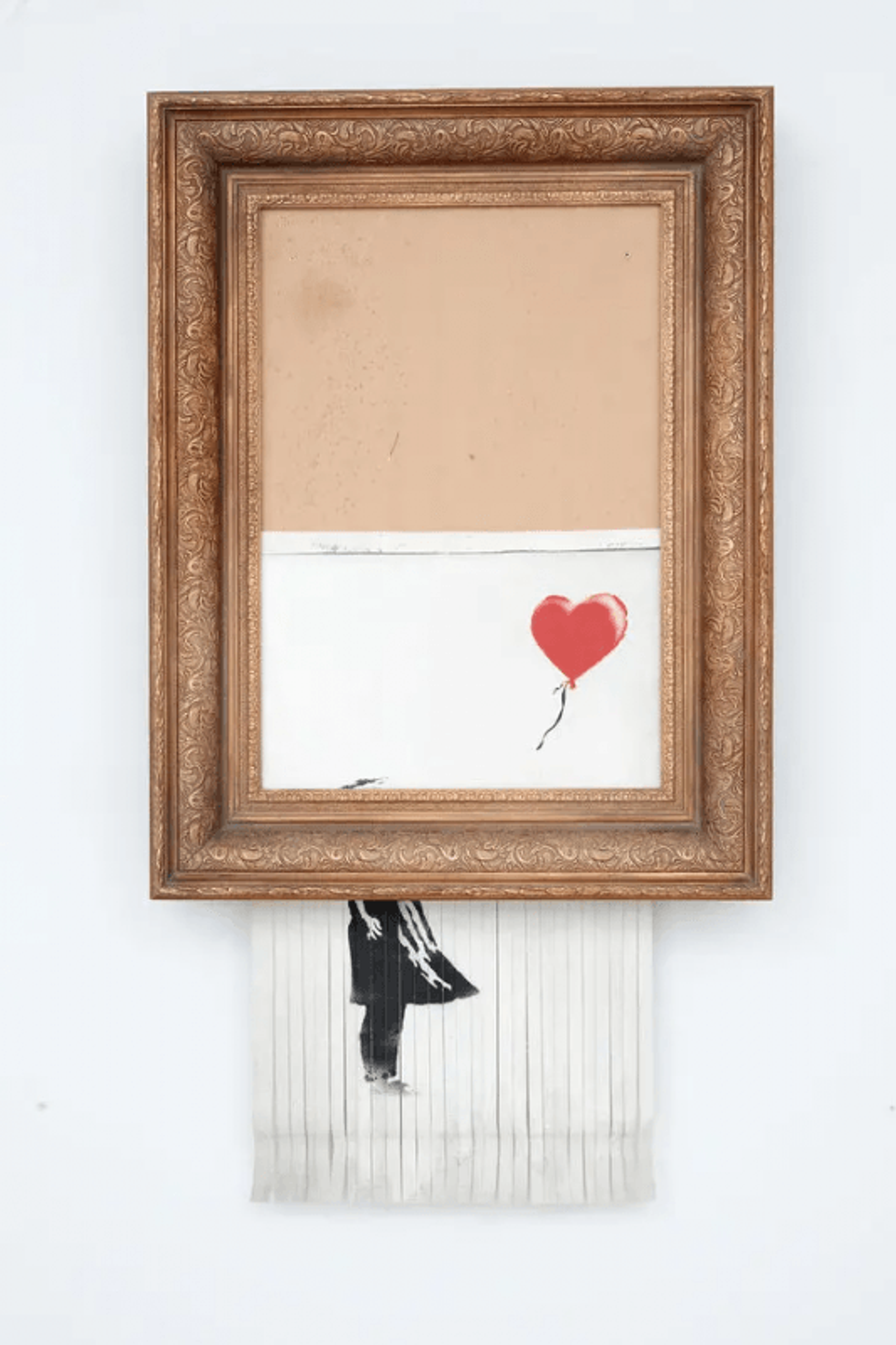 Love Is In The Bin © Banksy, 2018
Love Is In The Bin © Banksy, 2018How do street artists combat the unauthorised sale of their work?
The relatively new-found respect for street art in art history has made it more important than ever to protect public works from private sale. Indeed, artists cannot always prevent auction houses selling their work as "fine art" and do occasionally need to sell art to fund their practice. When it comes to the unauthorised sale of their work however, street artists have had a few tricks up their sleeves to continue the spectacle of their work when made unaccessible to the public.
Though it seems outrageous to any street art fanatic, many artists have resorted to destroying their own work to protect it against thieves and fraudsters. When STIK's murals in Dalston were sliced up and illegally sold at a London gallery in 2019, he painted across the rest of the public work. Likewise, when Banksy's colossal public work The Drinker was removed in 2019 and put up for sale at Sotheby's, the great mystery man of street art put out a call to burn the entire work. When destruction isn't an option, street artists often turn to the Art Loss Register and - ironically - the police.
Sometimes revenge is the best medicine for street artists, and no one has proven this better than Banksy. Whether he is selling works on the secondary market which label his buyers as "morons", or shredding works live at Sotheby's, Banksy is committed to showing where street art's allegiance truly lies: the public.
Browse our street art prints and editions or get a valuation.

